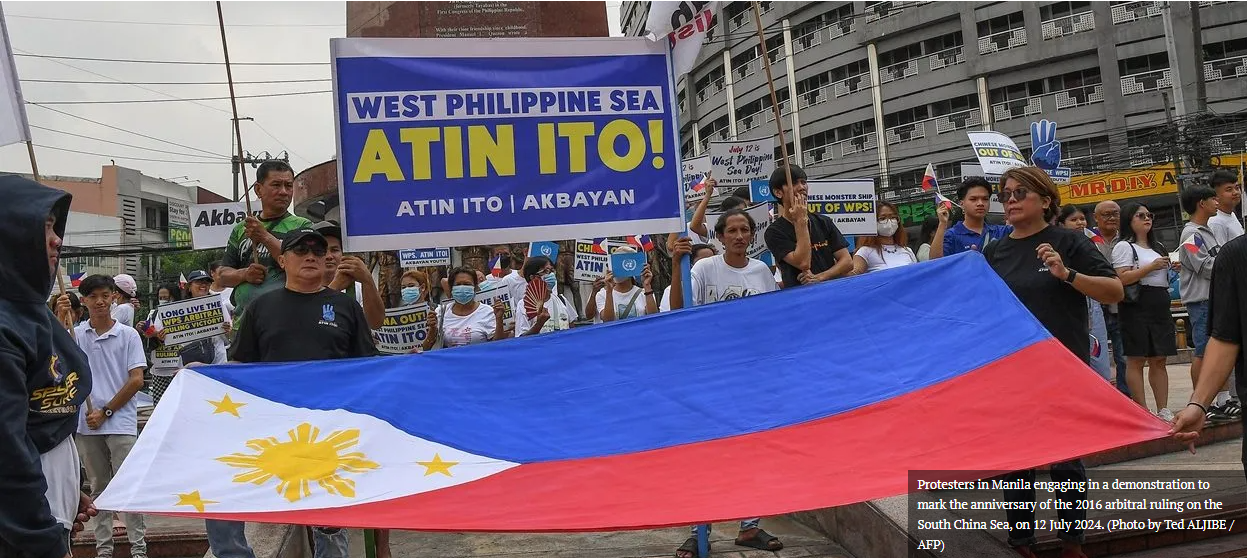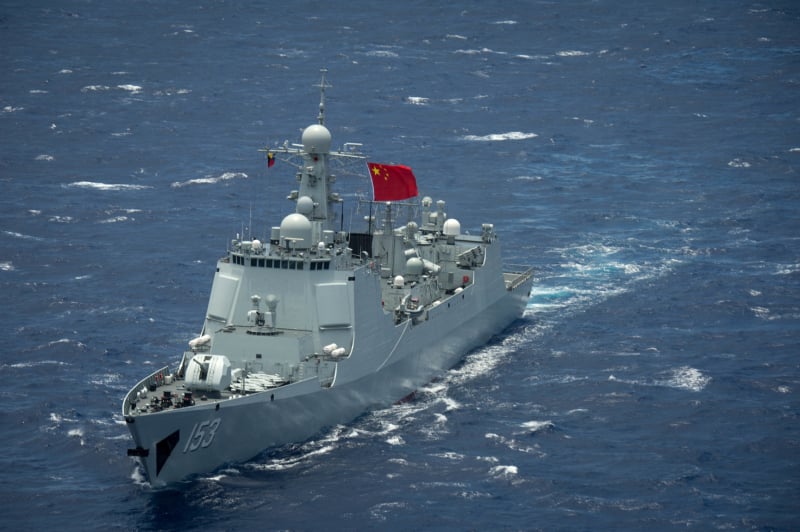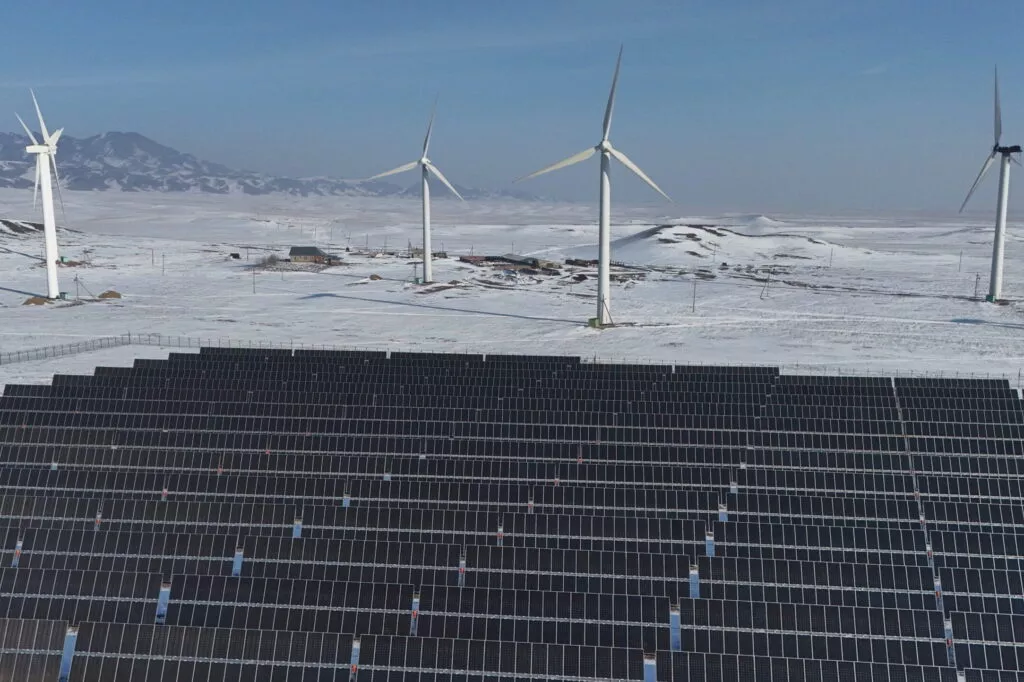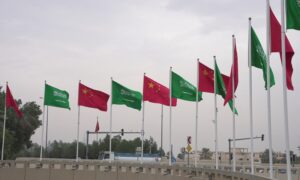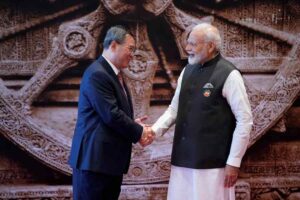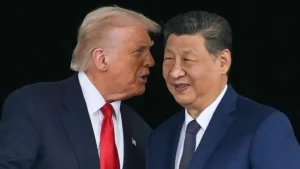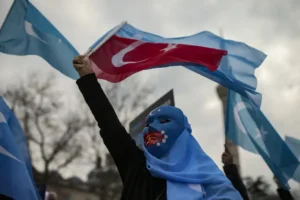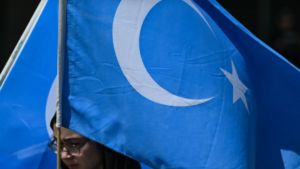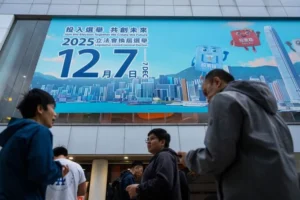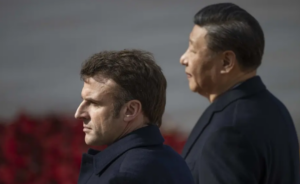Talks Between China and the Philippines: A Glimmer of Hope for Tension Reduction?
Although China and the Philippines have resumed bilateral talks, they are far from addressing their differences over the Second Thomas Shoal in the South China Sea.
After months of tensions that culminated in China’s first-ever interdiction and boarding of Philippine vessels on a resupply mission to the Sierra Madre in June 2024, officials from both countries finally met for talks at the 9th Bilateral Consultation Mechanism (BCM) in Manila in July 2024. This marks the first time they have met since their last meeting in Shanghai in January 2024. The latest meeting has been welcomed by observers as an effort to ease tensions. However, the gap between the two remains wide.
Some progress has been made. The Philippine Department of Foreign Affairs said that “substantive progress” was made in developing measures to manage the situation at sea (it did not elaborate on what those measures were). Both sides reportedly signed an arrangement to improve Philippines-China maritime communication mechanisms, continue discussions on maritime cooperation between their coast guards, and discuss the possibility of convening a forum comprising scientists and academics on marine scientific and technological cooperation. They further agreed to continue dialogue and consultation through the BCM and other relevant platforms.
However, the department noted that “significant differences” remain. There are several obstacles that will hinder progress ahead. The BCM, which is supposed to address issues of common concern and promote practical cooperation in the South China Sea, including joint oil and gas exploration, has essentially stalled. Discussions at the BCM tend to reflect their differences rather than bring them closer. At the 8th BCM in January 2024, China called on the Philippines to “properly handle maritime emergencies”, especially relating to the Second Thomas Shoal and demanded that Manila abide by the One China principle on Taiwan. China saw the need to raise the Taiwan issue at the BCM after Philippine President Ferdinand Marcos Jr. congratulated Lai Ching-te on social media following Lai’s presidential election victory in January 2024.
At the 9th BCM, China took a similar tough stand by reiterating its sovereignty over the Spratly Islands, which includes the Second Thomas Shoal. It urged the Philippines to stop its maritime violations and provocations in the area. Beijing was noticeably less upbeat than Manila about the outcomes of the talks, merely stating that both sides exchanged views on improving maritime-related communication mechanisms, promoting dialogue between the two coast guards, and promoting cooperation in marine science and technology and environmental protection. The areas of cooperation are not new, as they were discussed at previous BCM meetings.
Another obstacle is that China has created a new normal in enforcing its claims near Second Thomas Shoal. To implement the new maritime patrol regulations, which authorise the China Coast Guard (CCG) to detain foreign ships, the CCG conducted its first-ever boarding and inspection of Philippine re-supply vessels on 17 June 2024. They damaged Philippine inflatables and seized rifles belonging to Philippine servicemen. Such action shows China’s penchant for taking advantage of developments on the ground to create a new normal. In February 2024, the CCG began to patrol the prohibited or restricted waters off Taiwan’s Jinmen after two Chinese fishermen drowned when their boat capsized following a chase by Taiwan’s coast guard.
More importantly, a wide gulf separates the two countries on the Second Thomas Shoal issue. From China’s perspective, it has warned Manila not to play up the issue and bring extra-regional powers into the fray. China’s foreign minister Wang Yi had warned his Philippine counterpart Enrique A. Manalo in December 2023 that if the Philippines “misjudges the situation, acts stubbornly, or even colludes with ill-intentioned external forces to continue to stir up troubles, China will defend its rights in accordance with the law and respond resolutely.” The 17 June clash appears to be a tangible manifestation of Wang Yi’s statement. Beijing further disclosed a “gentlemen’s agreement”, an understanding and a new model it reached with the Philippines related to operation protocols in the Second Thomas Shoal. It pointed out that Manila carried out one re-supply mission on 2 February 2024 under the new model before reneging on what was agreed earlier. The sudden removal of Philippine Vice Admiral Alberto Carlos as Chief of the Philippines Western Command (who had reportedly agreed to the re-supply mission protocols with China) appears to suggest that there was some form of agreement struck. Not surprisingly, the Philippines insisted that only the president can authorise bilateral agreements on matters pertaining to the West Philippine Sea.
The CCG enforcement action near Second Thomas Shoal is meant to demonstrate not only Beijing’s resolve, but also the resources and contingencies it has in place to respond to various types of emergencies at sea. The leaked footage of CCG officers brandishing knives, spears and an axe in the 17 June clash was a public relations disaster for Beijing. However, it is unlikely to deter future enforcement action. Beijing will refine its methods as it gains more experience and confidence. Moreover, China believes that the Philippines, as the much weaker party, is unable to put up effective resistance.
Cognisant of the constraints America faces, China will likely continue its enforcement action near the Second Thomas Shoal. To avoid an uncompromising posture, it may even intersperse such action with other tactics that make it difficult for the Philippines to re-supply or move personnel to and from the Sierra Madre.
To a large extent, China’s enforcement action in the South China Sea is a test of the US resolve to come to Manila’s aid. By using its coast guard, and not its navy, Beijing is trying to assert its claims near Second Thomas Shoal without drawing in the Americans. So far, Manila has maintained that a threshold for invoking the alliance treaty with the US has not been crossed. President Marcos recently defined this threshold as “a wilful act” that kills a Filipino serviceman or a Filipino citizen. In the latest episode, Philippine President Executive Secretary Lucas Bersamin clarified that the 17 June clash did not constitute an armed attack and therefore did not trigger Manila’s mutual defence pact with the US.
It is doubtful whether, and to what extent, the US would engage in a more forceful response to defend the Philippines in the South China Sea, especially during an election year with President Joe Biden struggling in his bid for a second term. Moreover, with the US preoccupied with the Israel-Hamas conflict and the war in Ukraine, it would not want to open another front in Asia that could bring it into direct confrontation with China. Cognisant of the constraints America faces, China will likely continue its enforcement action near the Second Thomas Shoal. To avoid an uncompromising posture, it may even intersperse such action with other tactics that make it difficult for the Philippines to re-supply or move personnel to and from the Sierra Madre.
